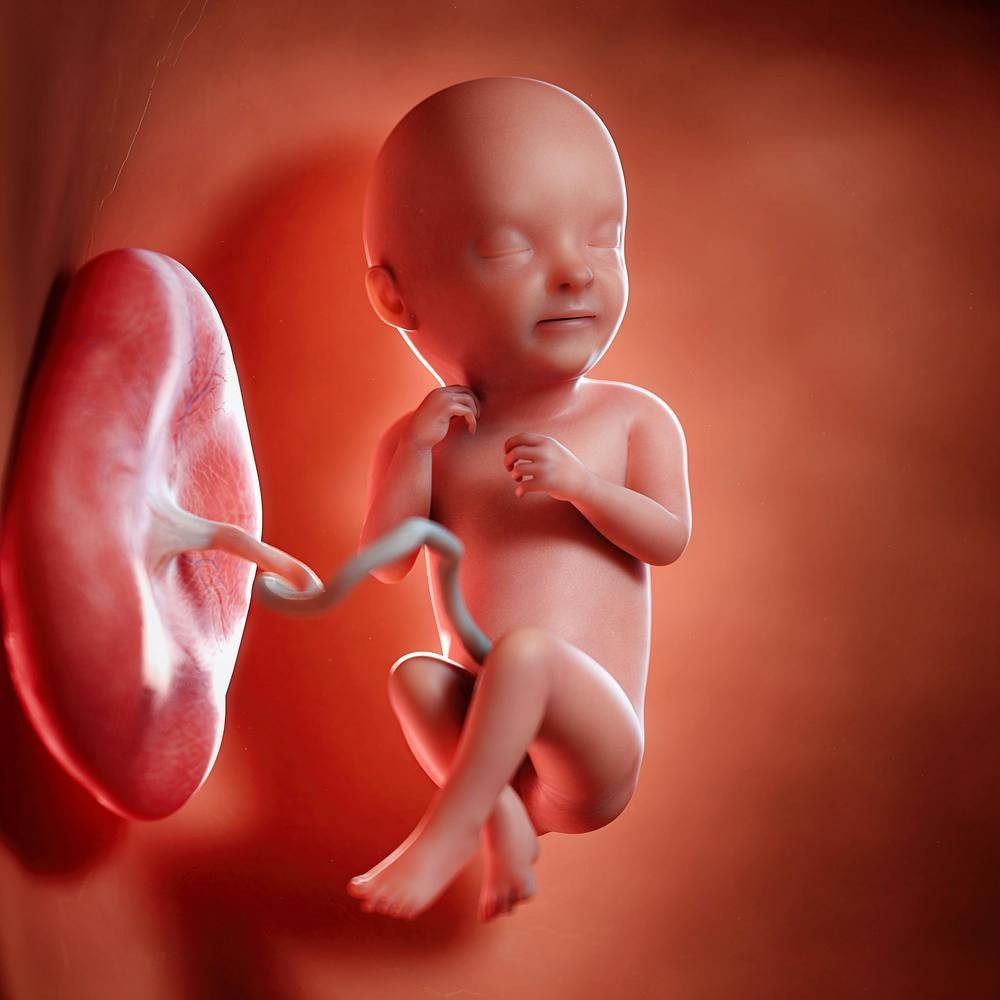The first cry of a newborn baby is a sound most parents anticipate with a mix of anxiety and joy. It’s often seen as a sign of healthy lungs and a successful transition to life outside the womb. But Why Do Newborns Cry At Birth, and what’s happening in those first moments?
A Dramatic Shift in Environment
A baby’s journey from the warm, fluid-filled womb to the outside world is a dramatic one. Imagine transitioning from a dark, quiet environment to one that’s bright, cool, and filled with new sensations. This sudden change triggers a newborn’s first breath.
The First Breath and Cry
As a baby is born, the cooler air hitting their wet skin stimulates nerve endings that trigger a reflex gasp. This gasp inflates the lungs for the first time, forcing out amniotic fluid and allowing air to enter. The cry that often accompanies this first breath is the sound of air rushing over the baby’s vocal cords.
This initial cry is crucial. It initiates a significant physiological change in how the baby receives oxygen.
From Placenta to Lungs: A Change in Oxygen Supply
Inside the womb, the baby receives oxygenated blood from the mother through the placenta and umbilical cord. The lungs are filled with fluid and are not yet functioning as respiratory organs. At birth, this system changes dramatically. The baby’s first breath triggers a series of changes that close off the fetal circulatory pathways and activate the pulmonary circulation. Blood now flows to the lungs, where it absorbs oxygen and releases carbon dioxide.
Not All Babies Cry Immediately
While crying is a common occurrence at birth, not all babies cry immediately. Babies born via Cesarean section, for example, may be slower to cry as they haven’t experienced the same squeezing action during birth that helps clear fluid from their lungs. Babies born in water may also not cry right away, as the warm water provides a gentler transition. The absence of an immediate cry doesn’t necessarily indicate a problem, as long as the baby is breathing well and showing other signs of health, such as a pink complexion. However, if a newborn isn’t breathing or showing signs of distress, immediate medical intervention is crucial.
A Reassuring Sound
For medical professionals and parents, a newborn’s cry is often a reassuring sound, confirming that the baby’s lungs are working and they’re adapting to life outside the womb. It signifies the beginning of a new life and a successful transition to breathing air. While not all babies cry immediately, the first breath and the subsequent cry are vital steps in a newborn’s journey. It’s a complex physiological process that marks a significant milestone in the transition from fetus to newborn.
